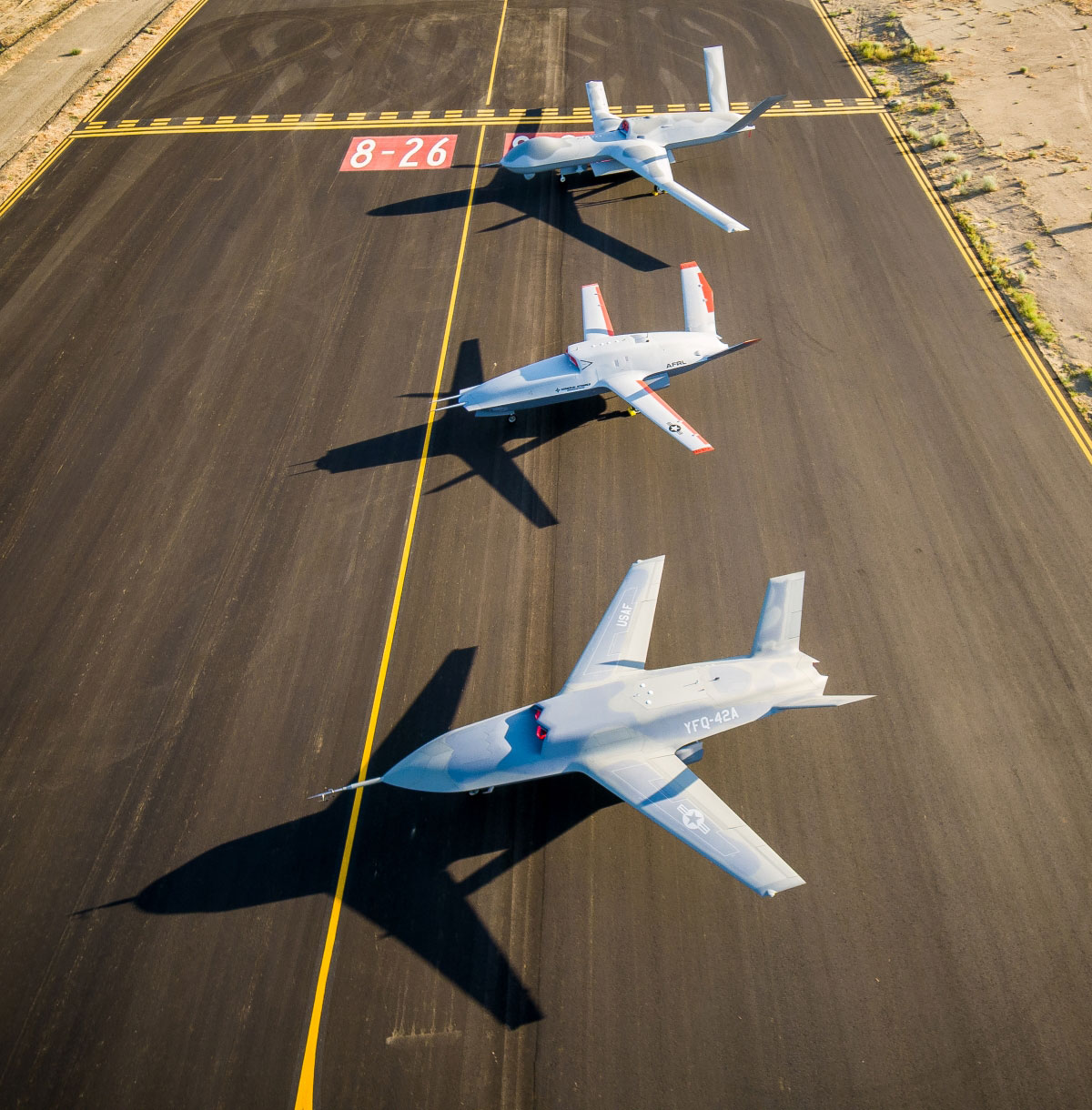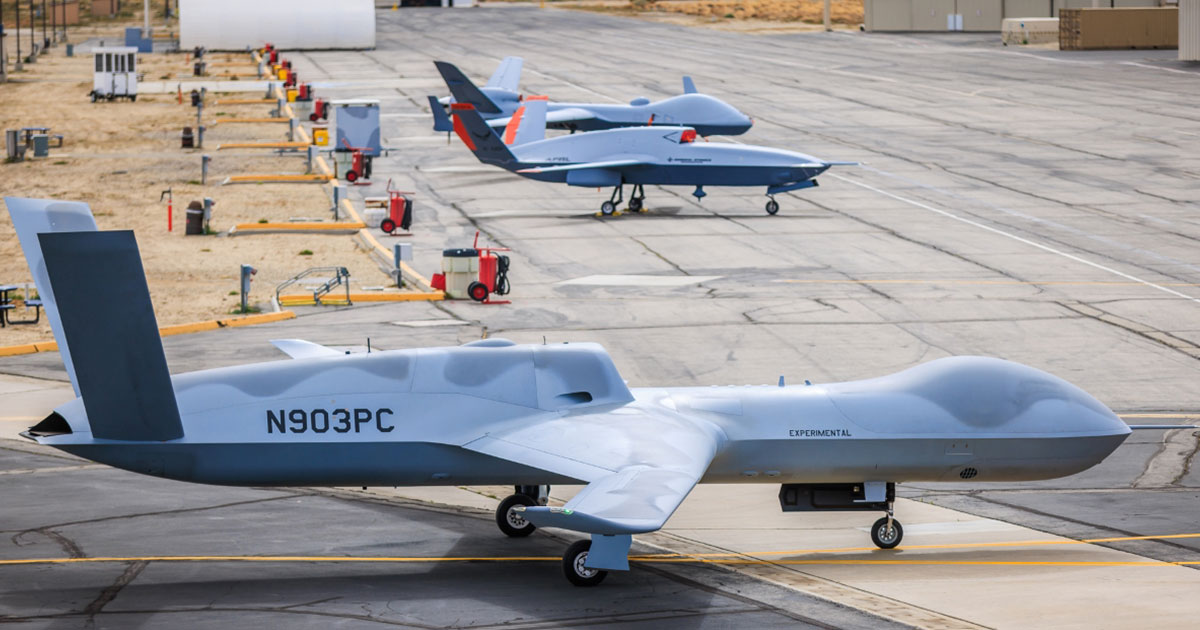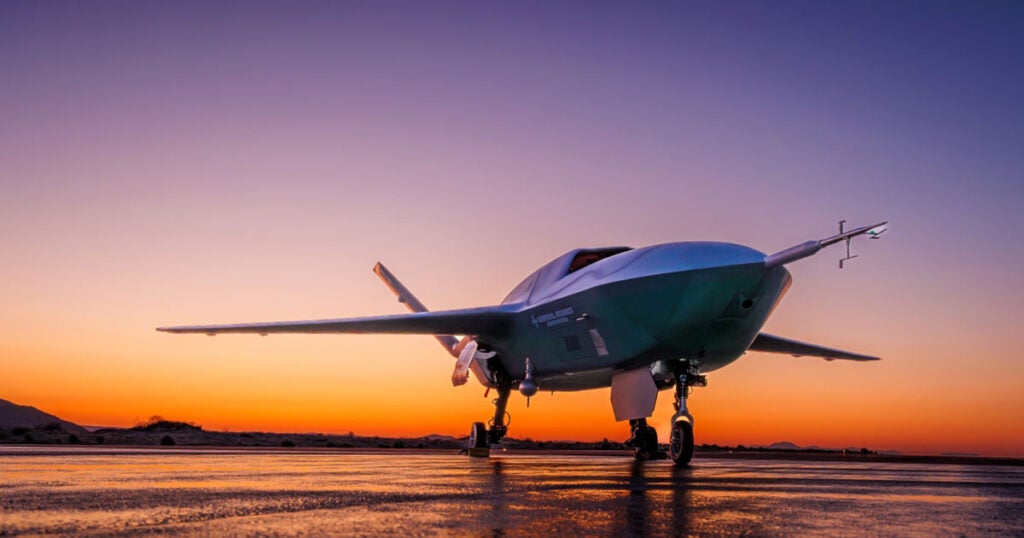General Atomics to build Collaborative Combat Aircraft in Germany
General Atomics has announced a plan to assemble it’s Collaborative Combat Aircraft (CCA) in Europe and will modify the aircraft to include European mission systems. This will be conducted by its German subsidiary, General Atomics Aerotec Systems GmbH (GA-ATS) which is headquartered west of Munich. GA-ATS currently manufactures the Dornier 228NG twin-engine utility aircraft and performs maintenance, repair, and overhaul of the German NH90 fleet. This experience with complex aircraft will enable them to easily manufacture the Europeanized YFQ-42A which was designed around manufacturability.

The interest by EU countries for a CCA is not much different than the USAF’s with many European countries already procuring F-35s which the CCA is intended to augment. General Atomics’ aspirations in the European market faces significant competition with Anduril teaming up with Rheinmetall and Kratos recently announcing a partnership with Airbus to bring XQ-58 to the continent. Anduril’s presence in Germany is interesting because their YFQ-44 Fury is the direct competitor to General Atomics’ YFQ-42. This means both sides of the USAF CCA competition are represented in Germany and raises the stakes of the competition to include both the American and European market. However, it is possible the loser of the USAF CCA competition could bring unique traits to the EU market and continue on despite the lack of USAF procurement.
General Atomics has been making waves in Europe with the CCA announcement being made the same day as another release declaring that the first Belgian MQ-9B crew has completed training. Belgium’s aircraft will join the MQ-9Bs in service with the UK and soon Poland as well as MQ-9As in service with France, Romania, Spain, Italy, and the Netherlands

In a third press release for July 17, General Atomics announced they had conducted a groundbreaking autonomous air-to-air capability demonstration. This exercise involved an MQ-20 acting as a surrogate CCA that was able to conduct a Combat Air Patrol mission and an air-to-air engagement fully autonomously with a human operator’s command only being required to initiate the engagement. The detection of the threat, maneuver, simulated missile launch, and battle damage assessment were all conducted without operator input. Notably space-based sensors were fused by the autonomy software with the sensing from the MQ-20 and 3 virtual CCAs to create a meshed passive detection network. In the future these advanced capabilities will not only be available to the USAF, but now the air forces of Europe as well.

